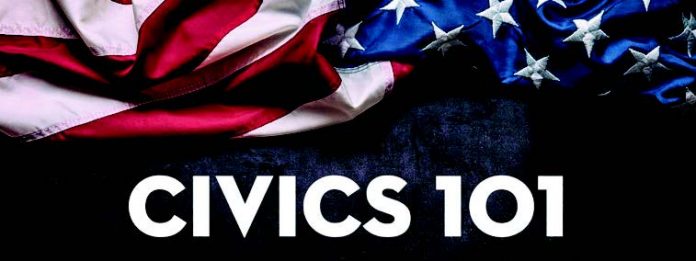As of February 2, 2023, there were 24 people who have announced they intend to run for Philadelphia City Council at Large. At least three other people (that I know of) are saying they plan to run for City Council at Large. That has yet to be seen.
Meanwhile, the focus for today’s Civics 101 Column are the candidates running for district council seats in Philadelphia. There are ten district City Council seats, and all ten incumbents have at least one opponent running against them. Supposedly. I say supposedly because we’re still early in this political cycle leading up to Primary Election day in Pennsylvania, which will take place on Tuesday, May 16th this year.
Some people talk about running and say–they’re going to run for a political office. They may even host an official political announcement where they invite the media to cover them. Then they don’t make it through the petition process. That said, I think it’s still a little bit too soon to be 100% certain who will have their names on the ballot for various political offices come May 16th.
Before I go into the names of the current council members, let me share a bit about what City Council is all about. This information was taken directly from the official City of Philadelphia website. The 1951 Home Rule Charter established Council as the legislative arm of the Philadelphia municipal government, consisting of seventeen members. Ten Councilmembers are elected by district and seven from the City-at-large.
The functions of City Council influence a wide range of public affairs in Philadelphia and directly impact the quality of life for its citizenry.
The Philadelphia City Council, the legislative body of Philadelphia, Pennsylvania, consists of ten members elected by district and seven members elected at large. The Council President is elected by the members. Each member’s term is four years, and there are no limits on the number of terms a member may serve.
While William Penn’s original 1691 charter for the City of Philadelphia included a “Common Council,” no records exist of this body ever having been convened. Its successor, the Proprietor’s Charter of 1701, constituted the city as a municipal corporation with a non-elected Council made-up of major city officials who selected their own successors. The colonial city government was abolished during the American Revolution and replaced in 1789 with an elected council including fifteen Aldermen and thirty Common Councilors; these members then elected a Mayor and recorder who also were members of the Council. In 1796, a bicameral City Council was created, including a 20-member Common Council and 12-member Select Council; the sizes of both bodies increased with the population of the city, peaking at 149 members of Common Council and 41 in Select Council, the largest municipal legislature in the US. It was replaced with a single 21-member chamber in 1919, which remained in effect until the adoption of a Home Rule charter in 1951.
**********
Thank you for reading Thera Martin’s article on scoopnewsusa.com. For more on “Now’s the time to learn about whose running for political office”, please subscribe to SCOOP USA Media. Print subscriptions are $75 and online subscriptions (Print, Digital, and VIZION) are $90. (52 weeks / 1 year).


